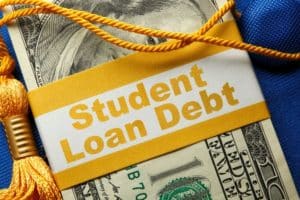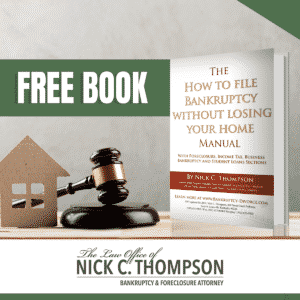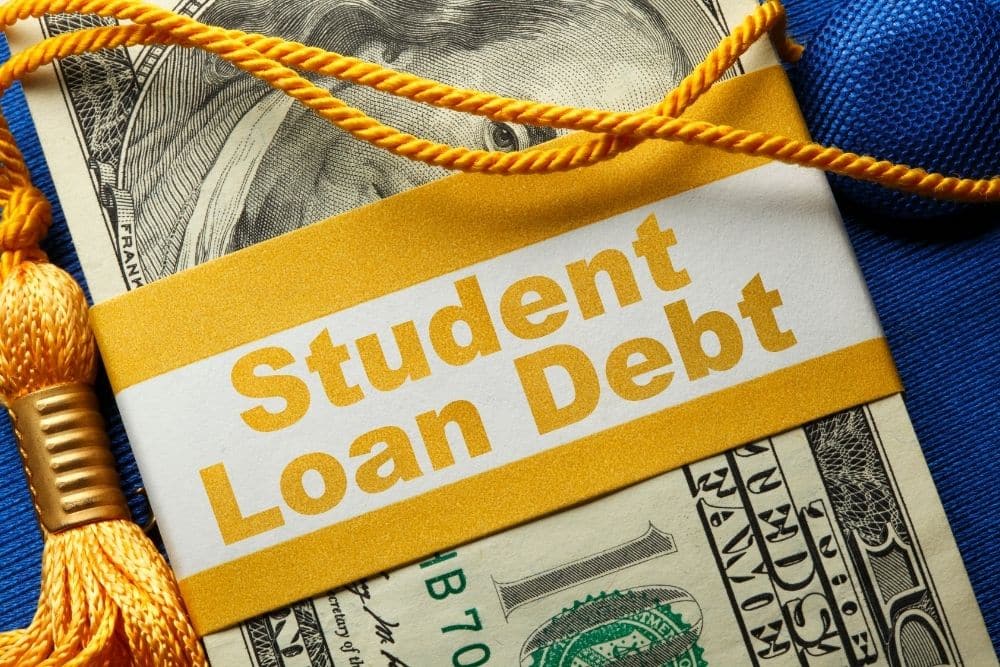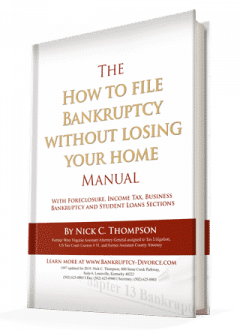In an old ABI podcast, two law professors debated student loan bankruptcy reform and lawmaking to make student loans easily dischargeable in bankruptcy and possibly propose methods on how to do it. One law professor suggests student loans might be valued by using what an unsecured lender pays for this debt, based on the ability to collect it.
 Student Loan Bankruptcy Law Reform
Student Loan Bankruptcy Law Reform
Laws For Student Loan Debt
In this ABO podcast Daniel Austin examined over 3,000 bankruptcy cases from Pacer in 2011, 22.4% of these bankruptcy cases had student loans with the average student loan debt being 29,000. However, in 2010, 21% of observed bankruptcy cases had student loan debt, and the average amount of student loan debt was 24,600. So, this shows an increase.
His studies show that private student loans cause problems and impact the issues of having higher balances, interest rates and defaults. In some cases, with reckless lending practices, students could borrow in minutes $50,000 or more debt for useless degrees that provide no career with an ability to repay that debt.
Professor Cole counters and testified before congress about using caution. He proposed that discharges should be based on the value of education.
⎆ Brunner Student Loan Bankruptcy Law Reform
Not all the courts and Circuits follow the Brunner test. Some including the 1st, 8th, and 9th have modified or adopted other criteria.
The 9th Circuit uses a totality of the circumstances test using the debtor’s future income and other relevant factors. The 1st Circuit bankruptcy appellate panel initially used Brunner. However, it now rejects it and also uses the totality of the circumstances test. It also still uses the 1st part of Brunner while rejecting parts 2 and 3 of the Brunner test.
In relying on a judge’s equitable powers, one 1st Circuit Massachusetts Bankruptcy judge Feeney gave a partial discharge under 11 USC 105(a). By providing partial discharges, some courts have allowed the discharge of some of the loans but not others.
In the 1st and 8th Circuits, student loan debtors have a better chance of getting a discharge than a debtor in the majority of the circuits. All of the circuits have cases where it is allowed. In some cases, the lender has failed to respond, and a default has been issued. But even in a default the debtor must put on some evidence that the debt is an undue hardship and not just a hardship.
You can listen to American Bankruptcy Institute podcast #116 https://www.abi.org/podcasts/116-scholars-examine-student-debt-and-bankruptcy with professors Daniel Austin of Northeastern University School of Law, G. Marcus Cole of Stanford Law School, with host David Epstein.
This year, attorney general Jack Conway and Deanne Loonin, attorneys with the National Consumer Law Center testified before congress, which is in process of debating student loan bankruptcy reform.
 Resources for Student Loans
Resources for Student Loans
What is the Student Loan Brunner Test?
How to Stop Student Loan Wage Garnishment
Current Student Loan Interest Rates
Discharge Private Student Loans in Bankruptcy • Video
Bankrupt or Discharge Student Loans
Student Loan Rehabilitation Law New Regulations
Do you need help managing your student loan? Contact my office right away to start the conversation. Nick C. Thompson, Attorney: 502-625-0905.







